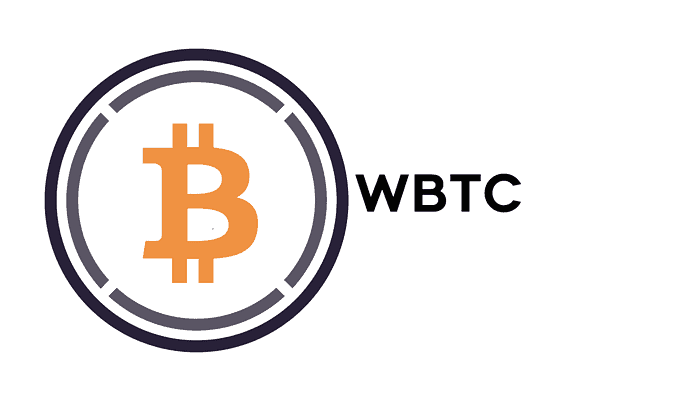With the increasing popularity of cryptocurrencies, investors and traders are constantly looking for new and innovative ways to invest in digital assets. One such innovation that has recently gained significant attention is Wrapped Bitcoin, or WBTC, which is a tokenized version of Bitcoin on the Ethereum blockchain.
In this article, we will discuss the concept of Wrapped Bitcoin, how it works, and its advantages and disadvantages.
What is Wrapped Bitcoin?
Wrapped Bitcoin is a tokenized version of Bitcoin that is backed 1:1 by Bitcoin. It is created by a process called wrapping, which involves depositing Bitcoin into a smart contract and receiving an equivalent amount of WBTC in return. https://tesler.software/ which is an Online trading platform is an example of a platform where investors and traders can use WBTC for various decentralized finance (DeFi) applications, such as trading, lending, and staking.
The purpose of creating WBTC is to bring the benefits of Bitcoin, such as its security and liquidity, to the Ethereum ecosystem. By tokenizing Bitcoin on Ethereum, investors and traders can access Bitcoin’s liquidity and use it for various DeFi applications, which are not possible with Bitcoin alone.
How does Wrapped Bitcoin Work?
Wrapped Bitcoin (WBTC) is a cryptocurrency that is pegged to the value of Bitcoin (BTC) and operates on the Ethereum blockchain. The process of wrapping Bitcoin involves converting BTC into an ERC-20 token called WBTC, which can be used for various DeFi applications.
The process of wrapping Bitcoin starts with a user sending BTC to a custodian, who is responsible for holding the BTC in secure storage. The custodian then mints an equivalent amount of WBTC and sends it to the user’s Ethereum address.
The custodian plays a crucial role in the WBTC ecosystem as they hold the BTC in secure storage and issue the corresponding amount of WBTC. Custodians undergo regular audits to ensure the security of the stored BTC. This ensures that the users can trust that the WBTC they receive is backed by an equivalent amount of BTC held in secure storage.
Once a user has WBTC in their Ethereum address, they can use it for various DeFi applications. For example, they can trade it for other cryptocurrencies on a decentralized exchange (DEX), lend it out to earn interest, or stake it in a liquidity pool to earn rewards.
When a user wants to redeem their WBTC for BTC, they can send it back to the custodian, who will then release the equivalent amount of BTC. This process is straightforward, and the user can be assured that they will receive an equivalent amount of BTC to the WBTC they redeem.
What are the Advantages of Wrapped Bitcoin?
- Increased liquidity: By tokenizing Bitcoin on Ethereum, WBTC increases Bitcoin’s liquidity and accessibility, as it can be used for various DeFi applications.
- Interoperability: WBTC is compatible with the Ethereum blockchain, which opens up new possibilities for developers to create decentralized applications that use Bitcoin.
- Decentralization: The process of wrapping Bitcoin involves a network of custodians, which reduces the risk of centralization and enhances the security of the underlying Bitcoin.
- Transparency: The process of wrapping Bitcoin is transparent, as users can track the amount of Bitcoin held by the custodian and the corresponding amount of WBTC in circulation.
What are the Disadvantages of Wrapped Bitcoin?
- Centralization: While the process of wrapping Bitcoin involves a network of custodians, the reliance on custodians introduces an element of centralization, which goes against the ethos of decentralization.
- Counterparty risk: The process of wrapping Bitcoin involves trusting the custodian to hold the Bitcoin in secure storage. If the custodian were to be hacked or go bankrupt, it could result in the loss of Bitcoin held in storage.
- Fees: The process of wrapping Bitcoin involves fees, which can vary depending on the custodian and the amount of Bitcoin being wrapped.
In conclusion, Wrapped Bitcoin is an innovative solution that brings the benefits of Bitcoin to the Ethereum ecosystem. While it has several advantages, such as increased liquidity and interoperability, it also has its fair share of disadvantages, such as centralization and counterparty risk.
If you are interested in investing in Wrapped Bitcoin, it is important to do your due diligence and understand the risks involved. As with any investment, it is important to consult with a financial advisor before making any decisions.






